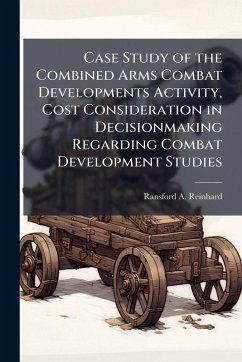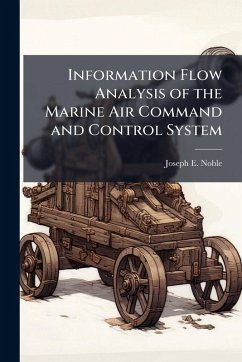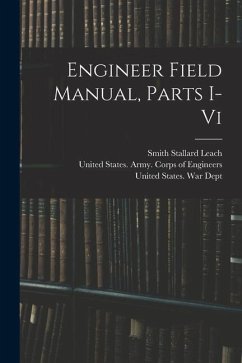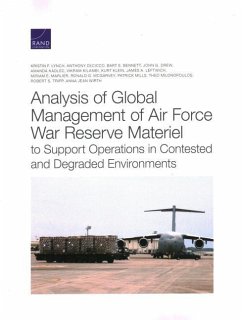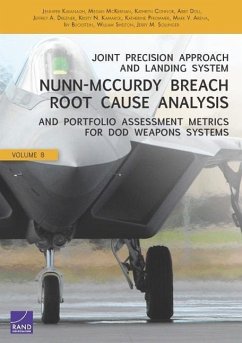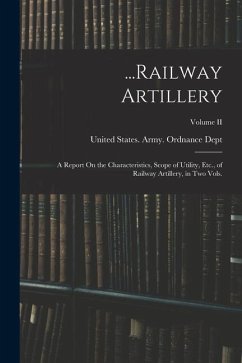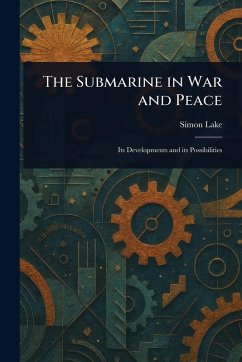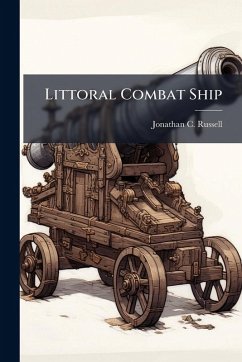
Cost-Benefit Analysis Tools for Avionics Parts Obsolescence
Versandkostenfrei!
Versandfertig in über 4 Wochen
14,99 €
inkl. MwSt.
Weitere Ausgaben:

PAYBACK Punkte
7 °P sammeln!
Obsolescence management, an ever-increasing topic in the Department of Defense, is not new. Since the service life of military systems is much longer than commercial systems, maintaining military systems when parts and components go out of production remains a sustainment challenge. Typically, resolving obsolete parts problems are incorrectly identified as reliability and maintainability issues that provide no improved capability or reduced cost; the primary benefit is continued sustainability of the existing system. Since loss of a capability is not an option, maintaining the capability witho...
Obsolescence management, an ever-increasing topic in the Department of Defense, is not new. Since the service life of military systems is much longer than commercial systems, maintaining military systems when parts and components go out of production remains a sustainment challenge. Typically, resolving obsolete parts problems are incorrectly identified as reliability and maintainability issues that provide no improved capability or reduced cost; the primary benefit is continued sustainability of the existing system. Since loss of a capability is not an option, maintaining the capability without a part redesign does require increased cost for the commercial market to support a military-unique application. In addition, constrained defense funding will necessitate prudent use of limited funding to balance current systems maintenance and new systems acquisition. The specific objective of this project is to show the need for automated cost-benefit analysis tools to assist program/item managers in identifying the cost savings associated with resolving obsolete parts problems. This work has been selected by scholars as being culturally important, and is part of the knowledge base of civilization as we know it. This work was reproduced from the original artifact, and remains as true to the original work as possible. Therefore, you will see the original copyright references, library stamps (as most of these works have been housed in our most important libraries around the world), and other notations in the work. This work is in the public domain in the United States of America, and possibly other nations. Within the United States, you may freely copy and distribute this work, as no entity (individual or corporate) has a copyright on the body of the work. As a reproduction of a historical artifact, this work may contain missing or blurred pages, poor pictures, errant marks, etc. Scholars believe, and we concur, that this work is important enough to be preserved, reproduced, and made generally available to the public. We appreciate your support of the preservation process, and thank you for being an important part of keeping this knowledge alive and relevant.



